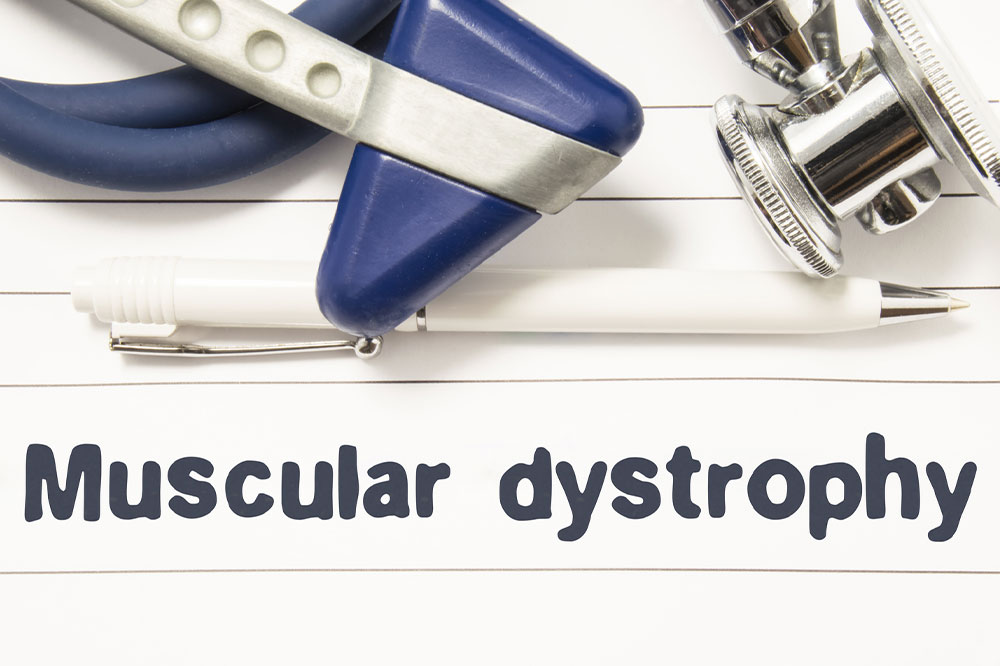
Muscular dystrophy Symptoms, causes, and management options
Muscular dystrophy is a group of diseases that leads to progressive weakness and the loss of muscle mass. The condition is triggered due to mutations in genes, which hamper the production of proteins required to form healthy muscles. Generally, the symptoms start in childhood, especially affecting boys. A cure for muscular dystrophy is yet to be determined; still, experts suggest specific treatments and management techniques to slow the course of the disease.
Symptoms
The primary sign of the condition is progressive muscle weakness. A few other signs may begin at different ages and muscle groups based on the type of muscular dystrophy one develops. The most common symptoms are given below and may occur in younger individuals with Duchenne-type muscular atrophy.
- Falling frequently
- Trouble jumping and running
- Waddling gait
- Difficulty rising from a lying or sitting position
- Starting to walk on the toes
- Pain and stiffness in the muscles
- Difficulty with learning
- Unusually large calf muscles
- Delayed growth
One may also experience other types, such as Becker muscular dystrophy. Here, the signs are similar to those of Duchenne muscular dystrophy but may occur gradually.
Causes
Specific genes are involved in making proteins to protect muscle fibers. However, unusual mutations in these genes may result in muscular dystrophy. Moreover, each form of muscular dystrophy is triggered by a genetic mutation particular to that type of disease. One should also note that most types of this condition are inherited. There are certain risk factors that could also trigger the disease. The condition could occur in both male and females across ages. However, the common type of muscular dystrophy, Duchenne, is more commonly found in young boys. Moreover, people with a family history of muscular dystrophy are at a higher risk of developing the disease or passing it on to their children.
Management options
A healthcare expert will usually prescribe treatment options to help slow down the progression of muscular dystrophy. However, the condition is progressive and will also require following specific management methods to help one cope with the disease. Doctors may recommend various types of therapy, exercises, and assistive devices to improve the lifestyle quality of patients, some of these are as follows:
- Range-of-motion and stretching exercises keep joints flexible and mobile, as muscular dystrophy may restrict such movement.
- Low-impact aerobic exercises such as walking and swimming could help maintain mobility, strength, and health.
- The use of braces may help the muscles and tendons stay stretched and flexible to slow the progression of contractures. Moreover, the assistive device may also help air function and mobility by offering support to weakened muscles.
- Mobility aids like walkers, canes, and wheelchairs help an individual move about even if the disease has progressed.
- Sleep apnea devices help improve oxygen delivery at night to weakened respiratory muscles. However, some individuals may require a machine to force air in and out of the lungs, such as a ventilator.